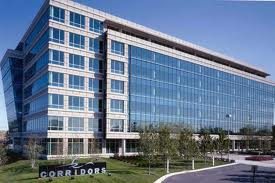Finding the perfect office space can seem like a daunting task. This is especially true for those who are unsure of the move or who don’t know where to start. Therefore, you should take a moment and decide what properties are important to you in a new office space. There are various aspects that should be considered when you are searching for the perfect Chicago office space.
Consult a Real Estate Agent
You may be tempted to research properties alone. However, when looking for a new office space you should consider consulting a real estate agent. It can be hard and time consuming to find an inexpensive space that fits all of your business needs. An agent will be able to take on the burden of finding a space to fit your specific needs while you concentrate on your business and preparing for the eventual move. These professionals have plenty of experience and know exactly how and where to look in order to get you in your new space as soon as possible.
Consider the Location
It can be hard to find the perfect office space at the right price. However, one thing that is very important when searching for the perfect space is the location. You want to choose a location that is easy to get to for your client’s convenience. You also want to be in a safe and secure area. Another thing to consider is if there are amenities such as restaurants or coffee bars nearby for both clients and employees.
Determine the Perfect Size
When choosing a new office space, you may be tempted to select a very large office. However, you should consider the size of your business before decided on the size of the office and how soon you may need more space. If you only have a few employees, you should choose a smaller location. Still, you also don’t want to choose a too small space that will make employees and clients feel cramped, especially as you grow. You need to find the middle ground.
When choosing a new office space, you should first decide which properties are the most important for your business. Once you do so, you should contact a real estate professional who can assist you with finding the perfect office space for your needs.






